I have coordinates stored in HEX, which from searching online appear to have used Signed 2's Complement to handle the negative values. I'm getting a bit lost with where the various conversions are made, I think the path should be:
- Convert hex to binary.
- Convert binary to signed 2's complement (effectively reversing the signed 2's complement).
- Convert to decimal
- Divide by 1,000,000
How far off am I with this process?
I'm working with Snowflake, so I can use SnowSQL or a Java junction to get the desired result. I am new to looking at hex and signed 2's complement.
How can I reverse engineer hex value F933F177 to get decimal value -114.036361?

